A Wi-Fi captive portal is a website that needs the user to do something before it lets them connect to the network. This action usually involves logging in, paying, or agreeing to the terms. When users have trouble connecting, they may find that closing browser tabs or switching to http:// websites works temporarily.
However, these solutions can be challenging to use or reliable. Users of VPNs may also have trouble connecting through captive portals. Luckily, there are creative ways to speed up and improve the process for users while addressing privacy and connectivity concerns.
What Is A Wi-fi Captive Portal?
It is a web page that new Wi-Fi network users see when they connect. Before letting you use network resources, it needs some interaction. It would help if you first went through a captive portal to connect to a network with that. Proof of identity, payment, agreeing to an end-user license agreement and acceptable use policy, finishing a survey, and other things the host and the user agree to do.
The Problem With Captive Portal Preventing Access To The Internet
If this sounds like something you’ve done before, let me know. You open your browser and connect to a public Wi-Fi hotspot. You can’t connect to the internet. After running the network check, you see a message that says, “Internet blocked by the captive portal.”
It’s easier to tell if you are in charge of the captive portal. The system does break down sometimes, but it could be a different cause for each network. Sometimes, having a custom DNS server on your computer can cause captive portals not to work.
The issue is usually with the network; you can’t fix it as a user. It would help if you always used a VPN on public Wi-Fi to stay safe, but you likely won’t be able to connect to a network beneath a captive portal. You won’t be at risk unless you separate from the VPN to connect to the network.
How To Unblock Internet Access Blocked By A Captive Portal
You are required to make the captive portal page show up. beginning with these tips:
Put all of your open tabs away. The portal might only work with a secure site (https://). Get rid of everything in your browser. If “Continue where you left off” is your startup setting, change it to “Open the new tab page” and do it again. Going to a http:// website can make the captive portal appear if you don’t see it there already.
If you are in a hotel, you might have to log back into the captive portal to keep using the internet for a while. You will have to do everything all over again. All of these are short-term fixes that are challenging to use. If you are staying at a hotel, tell the management about it. This is an ISP problem, so you should complain to your ISP.
To link through a captive portal, you can’t use a VPN. You have to turn it off unless you have a VPN app, which is the only one that can connect multiple internet sources into a single, bonded connection that makes web browsing, live streaming, and video calling more stable and safe.
How To Fix The Problem Of Wi-fi Captive Portals Access Blocking The Internet
That can finally be done for people who care about their privacy and want to use a VPN on public Wi-Fi hotspots beneath a locked portal.
After connecting to a public wi-fi network with a login page, check the following:
- There will be a message asking you to log in.
- Keep you linked over cellular data so that other online activities that you’re already doing, like Skype or Slack calls, streaming, or gaming, will still work through the cellular connection. Make sure that calls and streams don’t get dropped.
- If you click on the alert that tells you to join the Wi-Fi hotspot, the login screen will appear in a new window.
- Once you successfully log in, you’ll immediately begin using the Wi-Fi connection. This lets you switch from cellular to Wi-Fi without stopping your online activity.
Utilizes channel bonding technology to connect more than one Internet connection simultaneously. In the example above, your phone or laptop can connect via Wi-Fi and cellular networks.
Conclusion
New ways are being found to solve the annoying problem of Wi-Fi captive portals blocking internet access. Short-term fixes are inconvenient, so we need a more seamless method. A new idea is to use a notification system that lets users log in without stopping what they’re doing online.
This way, service over cellular data will be contained once the captive portal authentication is complete. This not only makes the experience better for users, but it also works for people who are concerned about their privacy and who use VPNs on public Wi-Fi networks. As technology improves, these solutions show how dealing with captive portals might be easier and more efficient.



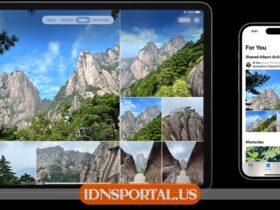
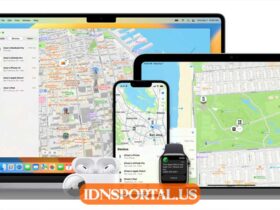


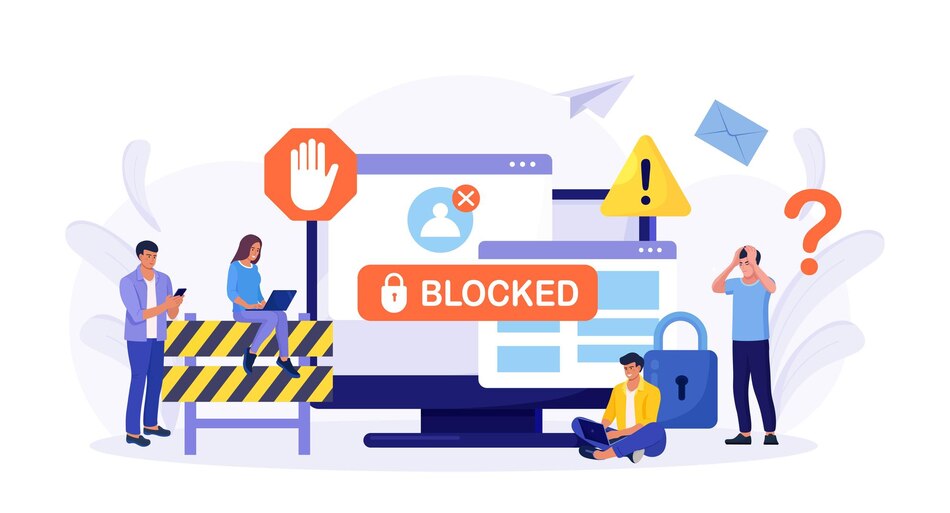
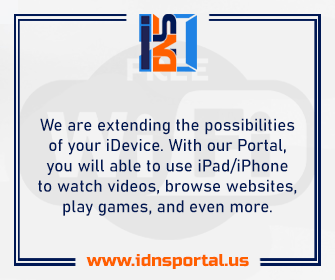
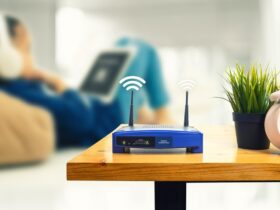
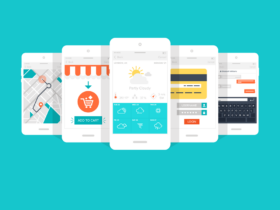


Leave a Reply
View Comments